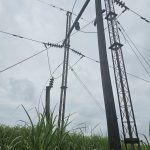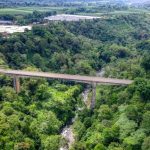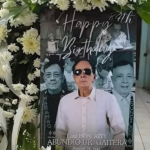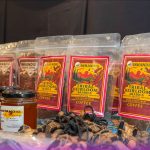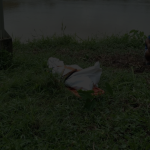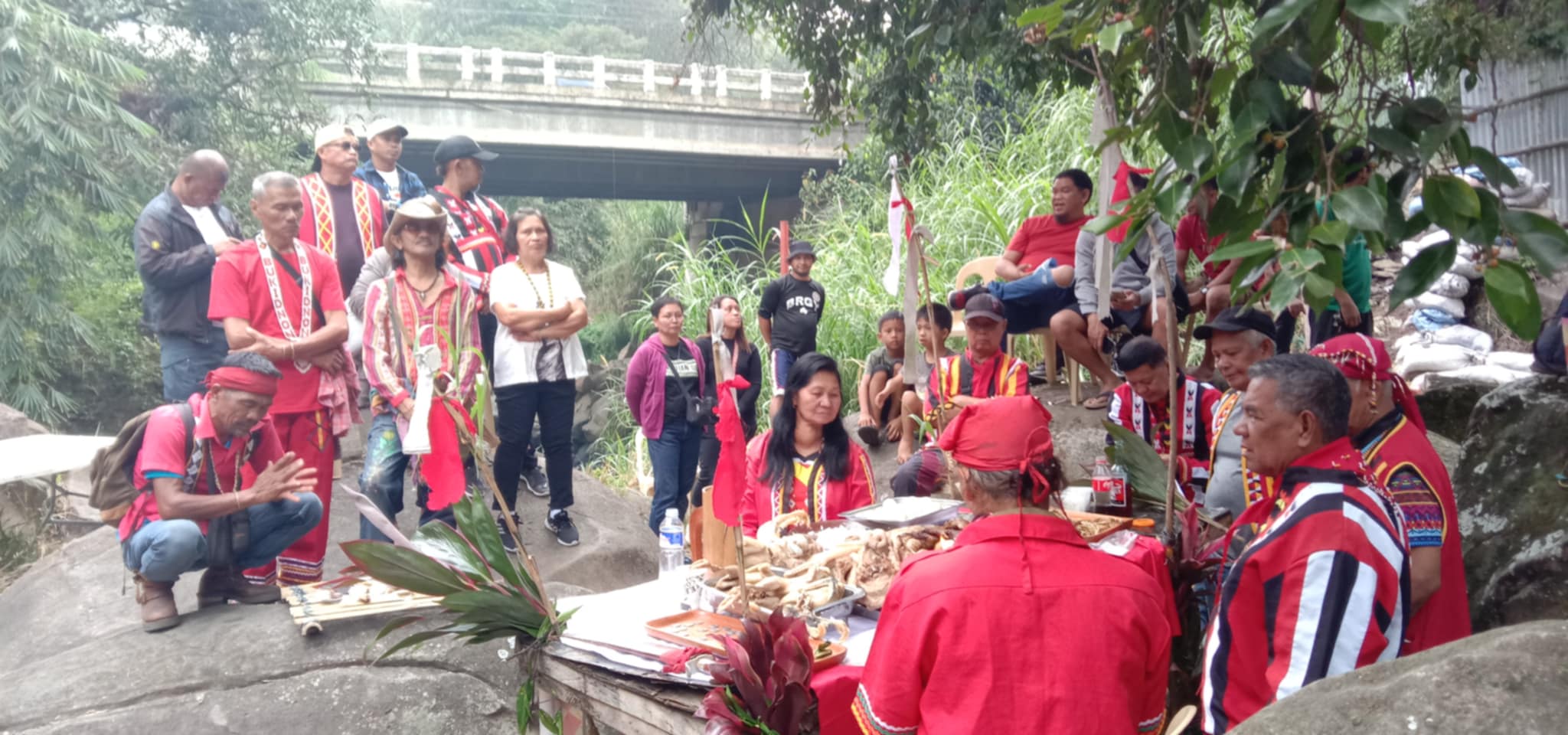MALAYBALAY CITY (BukidnonNews.Net/24 February 2025)—Datu Maayun-ayun Arthur “Tiboy” Melendez, a clan president in the Bukidnon tribe led the annual pamuhat or ritual dubbed as Panenden ta Sakub in Bahada, Brgy. 7 on January 29.
According to the historical accounts from the late local historian Ludivina R. Opeña and Arturo Melendez Datu Muayon-ayon, as cited by Erlow Talatala, the tribe celebrates the “Panendan Ta Sakub” every first new moon of the year as an expression of respect and thanksgiving to Magbabaya for the blessings and protection of the previous year.
It is also a commemoration of the sacred site of the descendants of Datu Mansikyabo (Moreno) and Datu Mampaalong (Melendez), the traditional clans belonging to the Bukidnon/Tagoluwanen tribe as pre-colonial inhabitants of Malaybalay.
Indigenous folklore points to a man named Manlanot who accidentally dropped his scabbard to the river. He dived to the water to save it and never surfaced again. His family searched and never found him. Since then, the people called the place Sakub in memory of Manlanot who sacrificed his life to be the “Alambiton” or watcher of the place, together with other elders.
As the time goes by, some of the people who have special needs for any occasion come to Sakub, put up a bangkasu (bamboo altar). They offer three silver coins, three eggs, and an apog (betel leaf). Accounts said the offerers’ wishes were granted the following day.
The people then established a wishing well (Pamugwakan), thus, it became a sacred place (Talangdanen) where even just mere washing of dirty clothes was not allowed. Now, however, the sacred site near the Sawaga River is flanked by a hog slaughterhouse of a lechon shop.
Local historians say the sacred site is where Malaybalay derived its original name Salebseb, a native name for a spring whose fresh waters came from an underground water bed source. With reports from Erlow Talatala (BukidnonNews.Net photos courtesy of Brgy. 7 Kagawad Emil Cahilig)
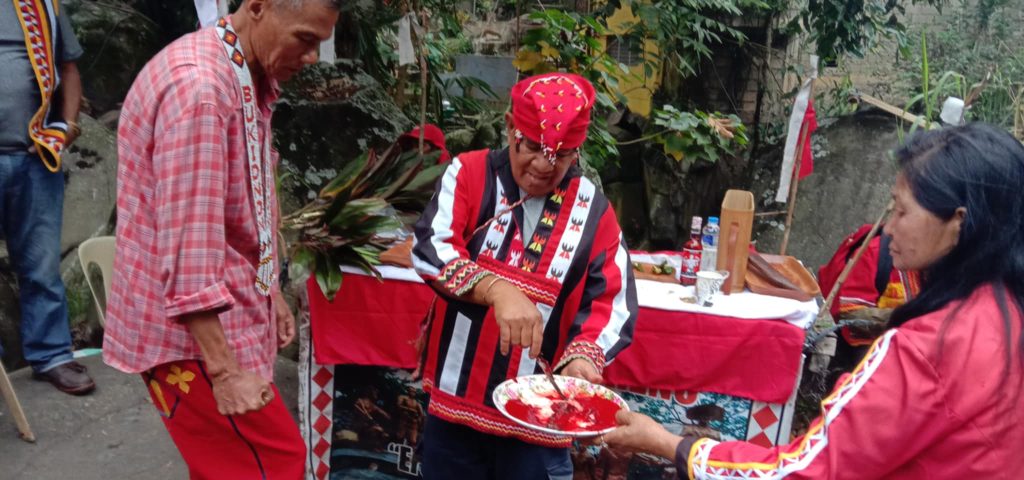
Datu Maayun-ayun Arthur “Tiboy” Melendez during the ritual
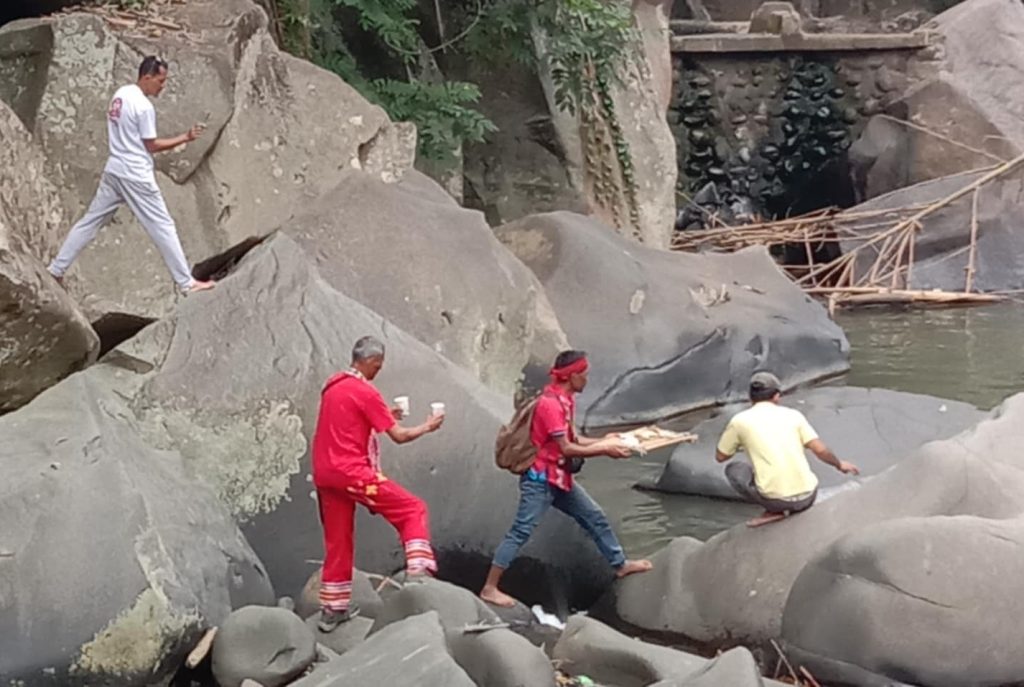
Ritual assistants place an offering floater in a part of the Sawaga River

Sketch of the location of the sacred site, courtesy of Erlow Talatala
